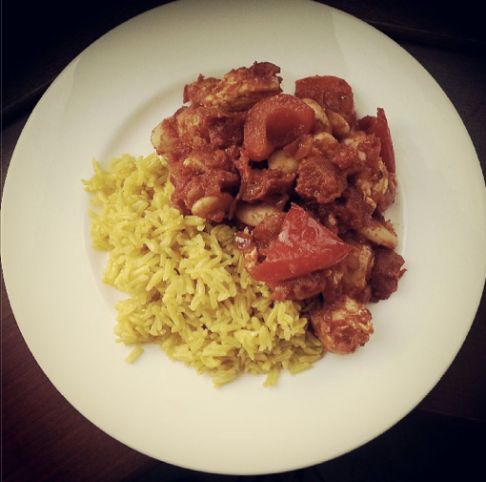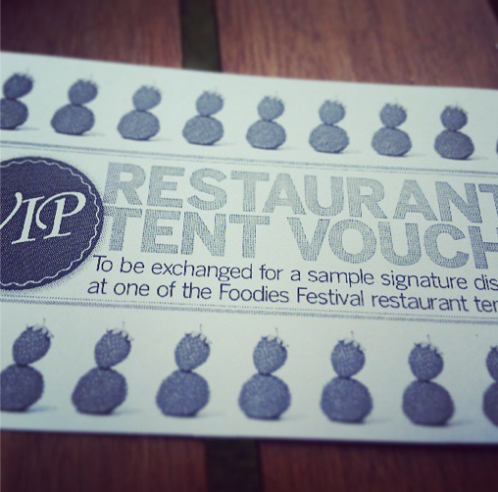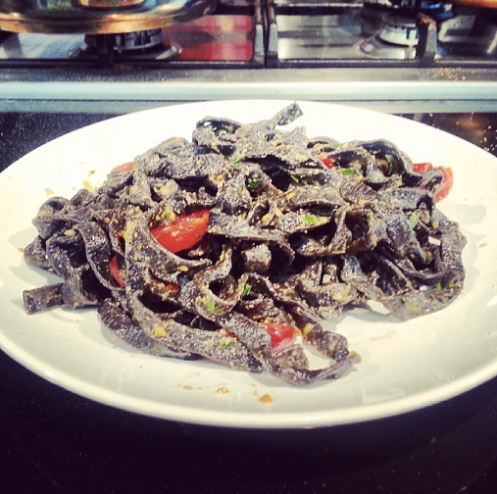I think there must be something about blogging and social
media, when it comes to my own projects, that intimidates me. In the last year,
I have eaten and cooked a great deal and taken many photos of said food. I have
even written about some of these experiences – for my eyes only. But something,
for some reason, has stopped me from properly developing this blog.
The last couple of years have represented something of
crisis phase for me, in which I’ve realised that my career and education have
been going in a direction that I don’t feel represents me, and that I no longer
believe in. I find things hard to walk away from once I’ve started. Cue two
degrees in arguably the wrong subject area, and a job I’ve stayed in longer
than I should. On a positive day, I could rationalise that these wrong
decisions will ultimately equip me with enough self-knowledge to make the right
one. But I’m not there yet.
Of all the things I’ve discovered that don’t make me
happy, food is the constant that does. Cooking is a way of showing the people
around you that you care for them. It’s the thing that brings people together
in all settings: happy, sad and everyday occasions. It’s fundamental, it should
be pleasurable and it connects us. Food is love.
I guess one of the important things about a blog, in terms
of its appeal, is that the writer has a voice. I want this blog to be about
food, not about the often-ridiculous things that happen in my life. But I am
what I eat in quite a fundamental sense – food frames my life – so I wanted to
try to offer up a bit of an explanation about why I haven’t blogged for so
long. Hopefully, this will allow me to connect a bit more with the immediacy
that blogging offers – that it requires –
and to overcome whatever it is that’s been holding me back.





